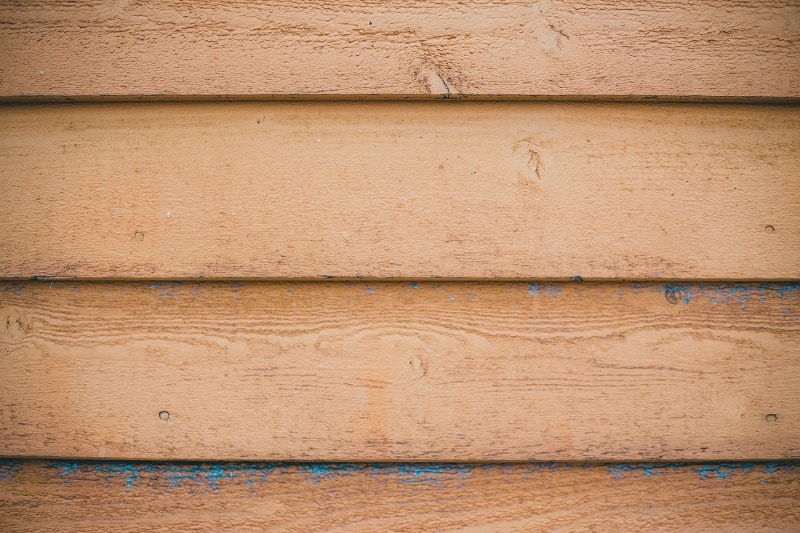Every time a surface is repainted, this adds a little more thickness to the paint layer. It does not matter much on wall or ceiling surfaces, but on woodwork, this build-up of successive layers of paint can eventually lead to the clogging of detail on moldings.
More importantly, moving parts such as doors and windows start to bind and catch against their frames. If this happens, it is time to strip off the paint back to bare wood and build up a new paint system from scratch.
It may also be necessary to strip an old paint finish if it is in such poor condition-from physical damage, for example-that repainting will no longer cover up the fault adequately.
There are two methods of removing paint from wood and metal surfaces. The first is using heat, traditionally from a blowtorch but nowadays more often an electric heat gun. The second is to use a chemical paint remover, which contains either dimethylene chloride or caustic soda.
Heat works well on wood, but may scorch the surface and can crack the glass in windows; it is less successful on metal because the material conducts heat away as it is applied. Chemicals work well on all surfaces, but need handling with care; always follow the manufacturer’s instructions to the letter.
Homemade paste remover
Add caustic soda to water until no more will dissolve. Thicken to a paste with oatmeal and use as proprietary paste remover. Be particularly careful when using this corrosive solution. If it splashes on the skin, rinse at once with plenty of cold water.
Using heat gun
- Play the air stream from the heat gun over the surface to soften the paint film. Scrap it off as it bubbles up, and deposit the hot scrapings in an old metal container.
- Use a shavehook instead of a flat scraper to remove the paint from moldings. Take care not to scorch the wood if it is to be varnished afterward.
- Remove any remnants of paint from the wood surface with wire wool soaked in white spirit, working along the direction of the grain.
- Use a hand vacuum cleaner to remove any remaining loose particles of paint from the crevices in moldings and from any other inaccessible areas.
- Sand the surface of the wood lightly to remove any raised fibers or rough patches, then wipe it over with a clean cloth moistened with white spirit.
- Seal the resin in any exposed knots by brushing on a coat of liquid knotting. Leave this to dry thoroughly before priming the wood.
- Apply a coat of either wood primer or a combined primer/undercoat to the stripped wood surface to provide optimum adhesion for the subsequent top coats.
Using liquid remover
- wear rubber gloves and old clothing. Decant the liquid into a polythene container or an old can, then brush it onto the surface you want to strip. Leave it until the paint film bubbles up.
- Use a flat scraper or shavehook as appropriate to remove the softened paint. Deposit the scrapings safely in an old container.
- Neutralize the stripper by washing the surface down with water or white spirit, as recommended by the manufacturer. Leave it to dry.
Using paste remover
- Paste removers are especially good for removing paint from intricate moldings because they dry very slowly. Apply the paste liberally to the surface.
- Give the paste plenty of time to work, especially on thick paint layers. Then scrape it off and wash down the surface with plenty of water to neutralize the chemical.
What gets dried paint off wood?
If you want to remove old dry paint from your wooden surface, try using rubbing alcohol. Rubbing alcohol is an excellent solvent for removing old paint. It will also help clean up any spills you might make while painting.
Will baking soda and vinegar remove paint from wood?
Baking soda is an alkali metal salt. Vinegar is acetic acid. Both substances can be used to clean painted surfaces.
Does alcohol remove paint?
Rubbing alcohol can be used to clean up old paint from your walls. It will help you get rid of the stain without damaging the wall itself. You should only use it if you are careful. If you rub too much, you might damage the surface of the wall.

